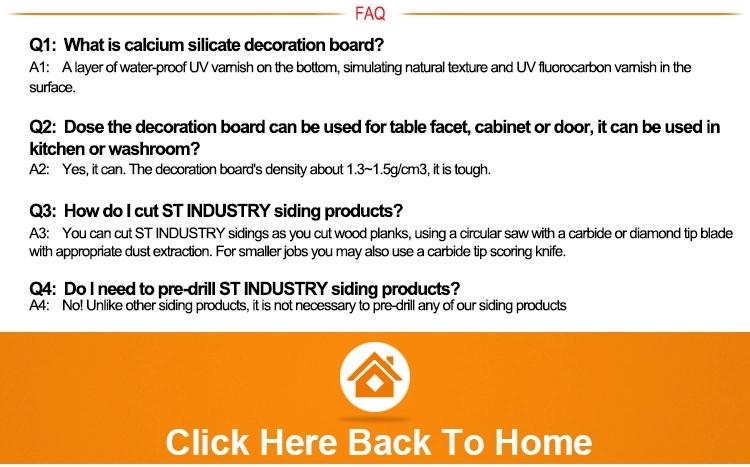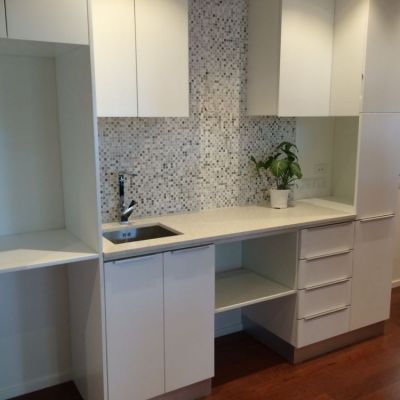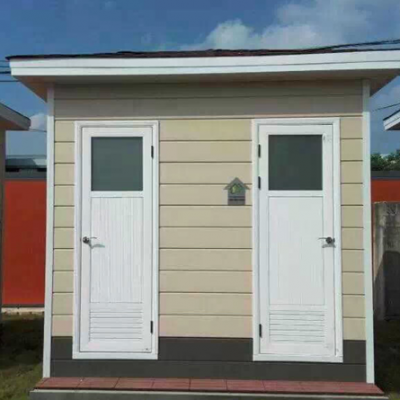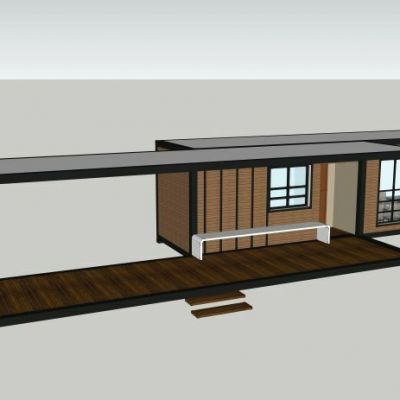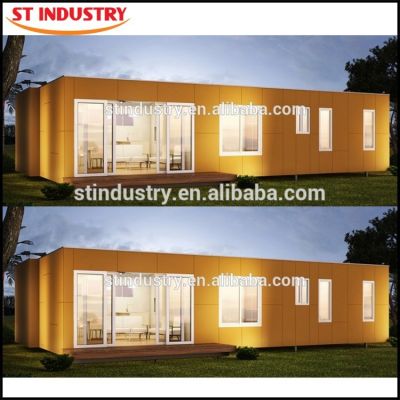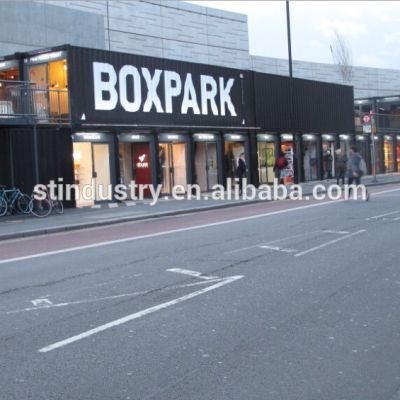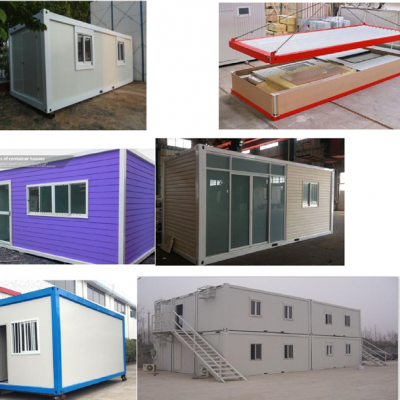Overview
Quick Details
Place of Origin:
Guangdong, China (Mainland)
Brand Name:
ST INDUSTRY
Model Number:
ST3821
Raw material composition:
Inorganic board+ fluorocarbon coating
Specifications:
1220*2440*6mm/1220*2440*8mm
Thick:
8mm
Density(g/cm3):
≥1.3
Surface hardness:
≥3H
Wet-expansion degree(%):
≤ 0.25
Color:
Brown, cream, white,black,red,beidge,etc
Surface finishing:
marble, wood, grain, metal, solid color
Feature:
Fireproof,waterproof,soudproof, heatproof
More Contents:
Freeze-thaw resistance,abration-resistance...
Packaging & Delivery
Packaging Details
Neutral carton with plastic and foam ,angle, strong wooden pallet
Delivery Time
15 days after received the payments

Marble Stone series
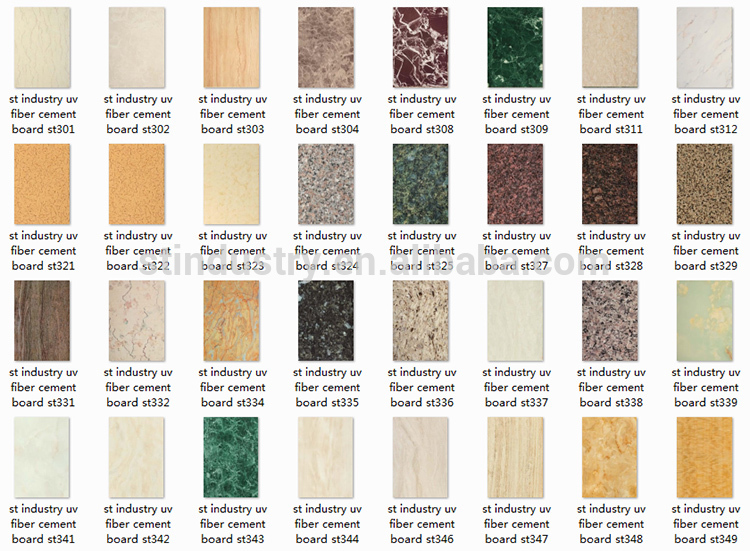
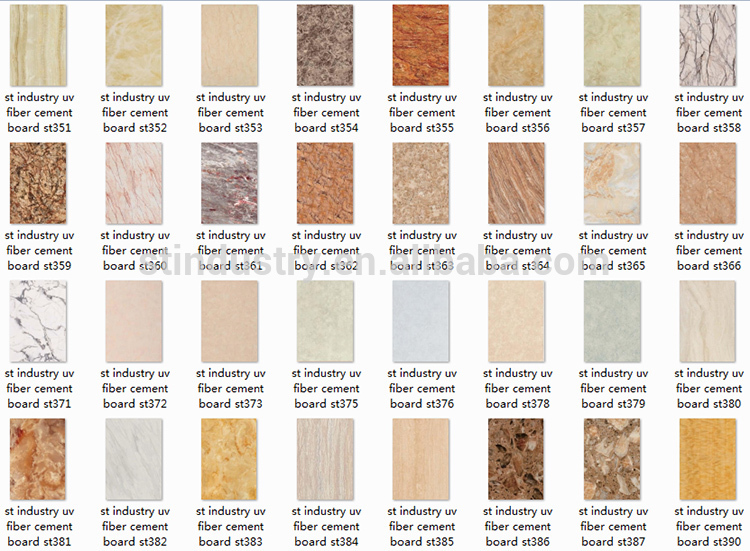
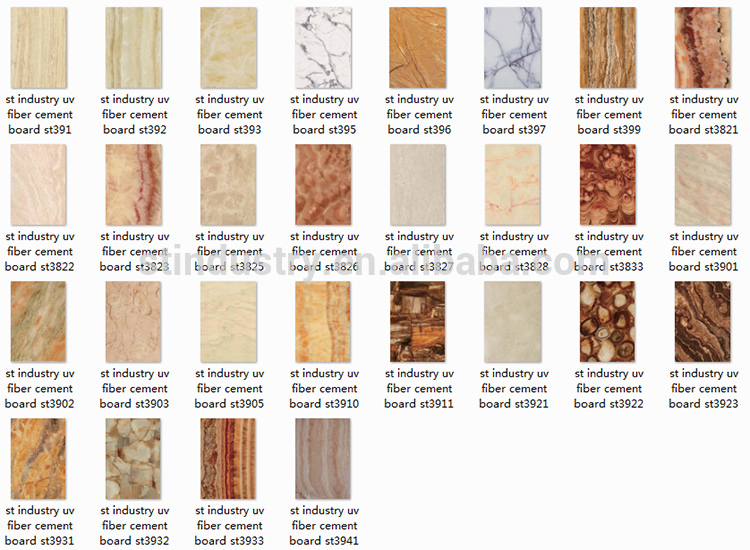
Solid Color Series
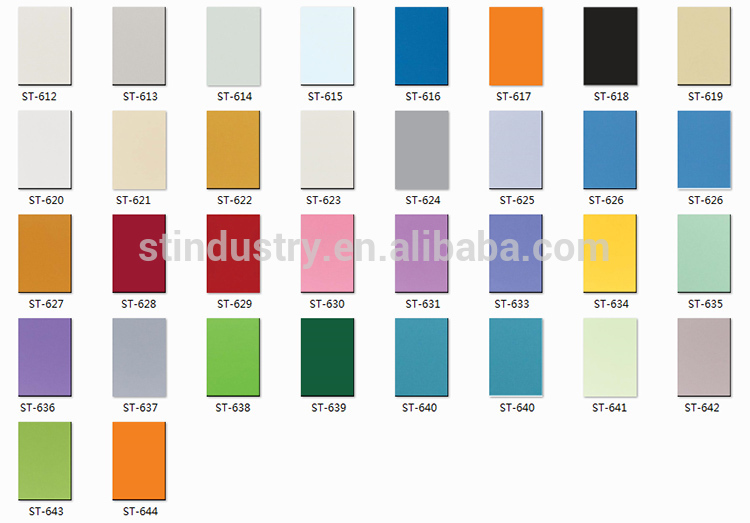
Wood Series
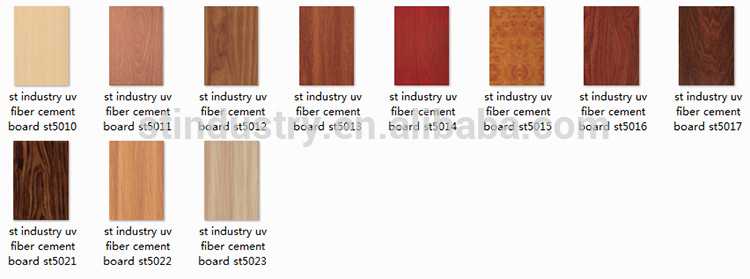
Profile Display
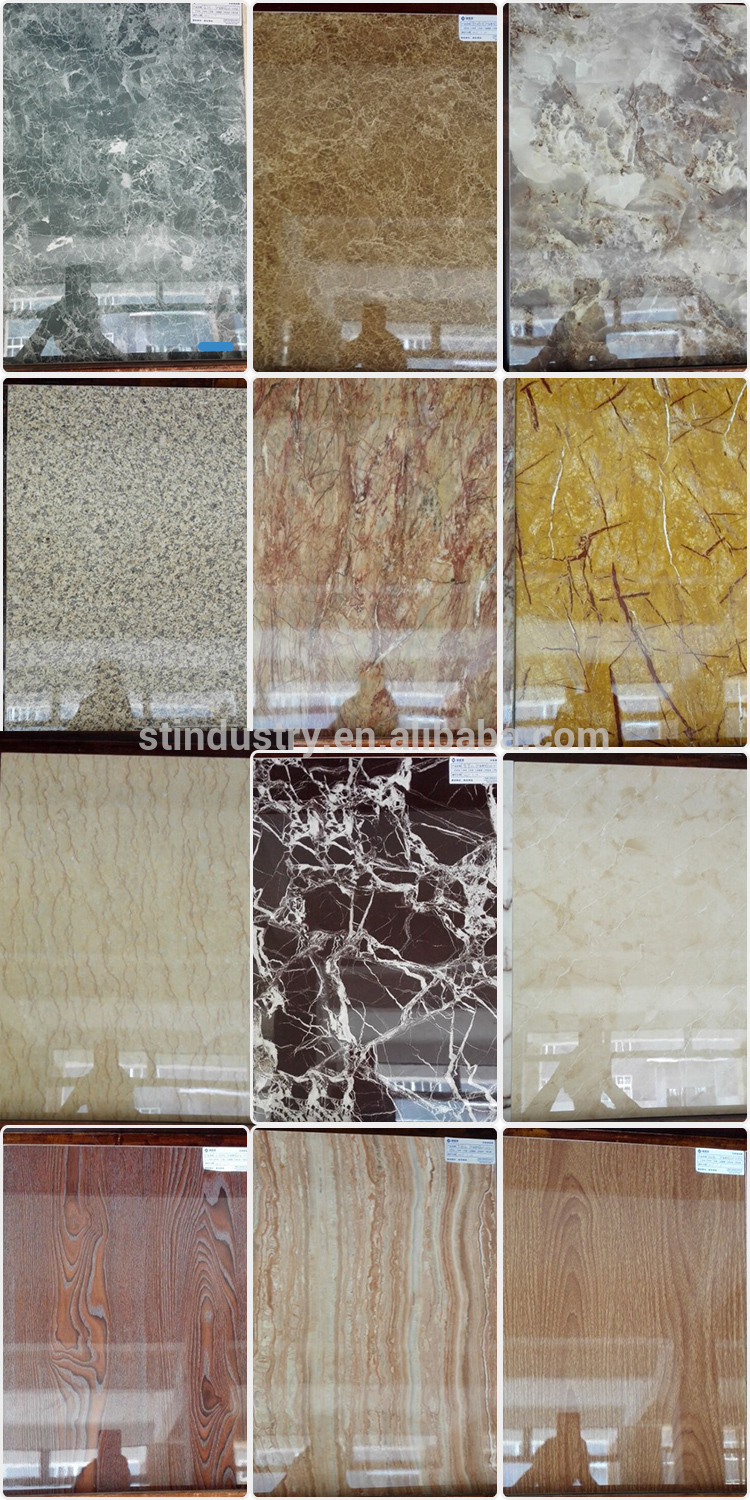
Product Application

Product parameter
| Standards | Fibre calcium silicate board | Fibre cement board | Glass fibre magnesium oxide |
| Raw material composition | Inorganic board+ fluorocarbon coating | ||
| Specifications | 1220*2440*6mm | 1220*2440*8mm | |
| Density(g/cm3) | 1.1≤D≤1.4 | 1.4≤D≤1.7 | 0.85≤D≤1.27 |
| Water absorbtion degree(%) | ≤ 40 | ≤28 | |
| Wet-expansion degree(%) | ≤ 0.25 | ≤ 0.25 | ≤ 0.25 |
| Asbestos content | 100% free, accordant to HJ/T205-2005 | ||
| Radioactivity | Environment protection class A , accordant to GB6565-2001 | ||
| Incombustibility | Class A , accordant to GB8624-2006 | ||
| Frost-resistance | No rupture and shrinkage after going for 25 times of freeze-thaw cycle | ||
| Water imperimeability | No damp or drip on the back after dipped with water 24 hours | ||
| Estimated durability | More than 20 years | ||
| Fire resistance | Incombustible, no toxic gas | ||
| Surface hardness | Fluorocarbon coating ≥3H | ||
| Heat insulation | Heat insulation | ||
| More Contents | Freeze-thaw resistance,abration-resistance, temperature difference resistance,solvent-resistance,acid resistance, alkalic resistance, weathering resistance | ||
Product Description
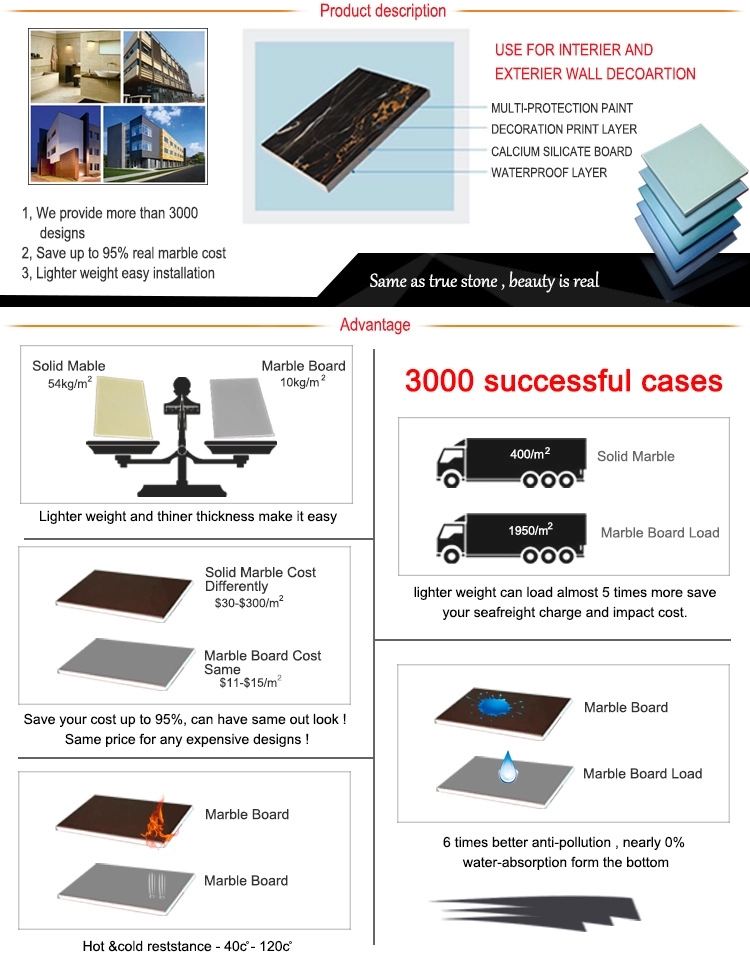
About us
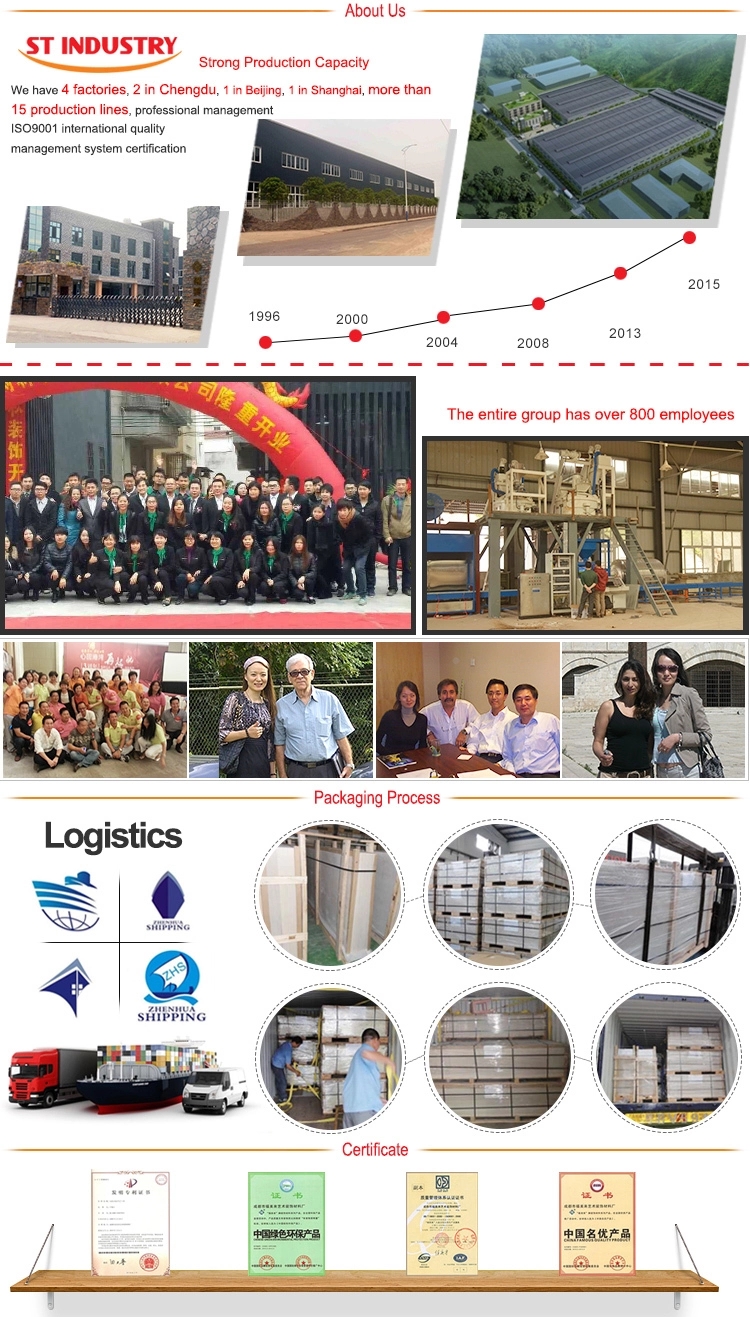

Installation Method
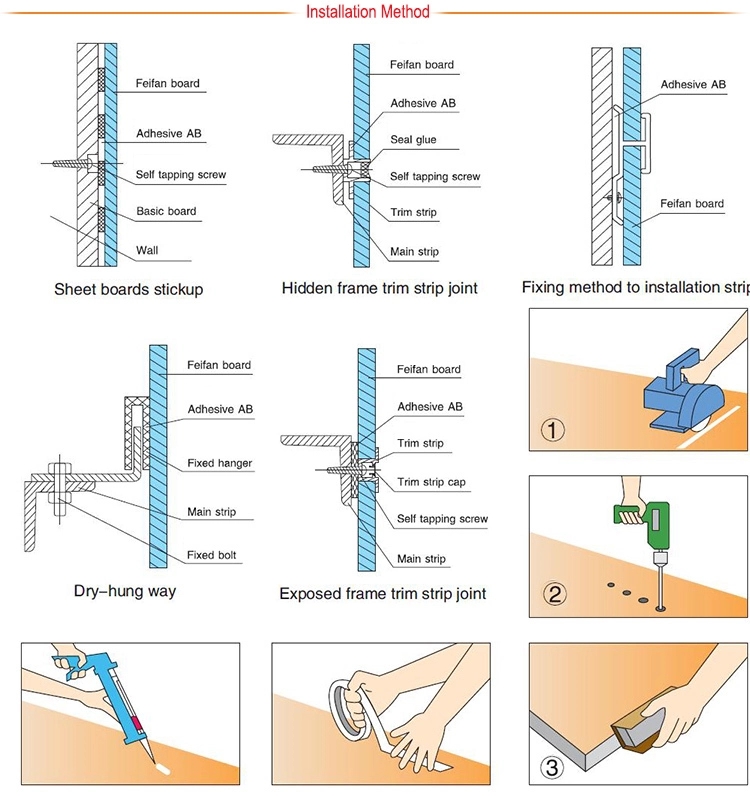
FAQ
